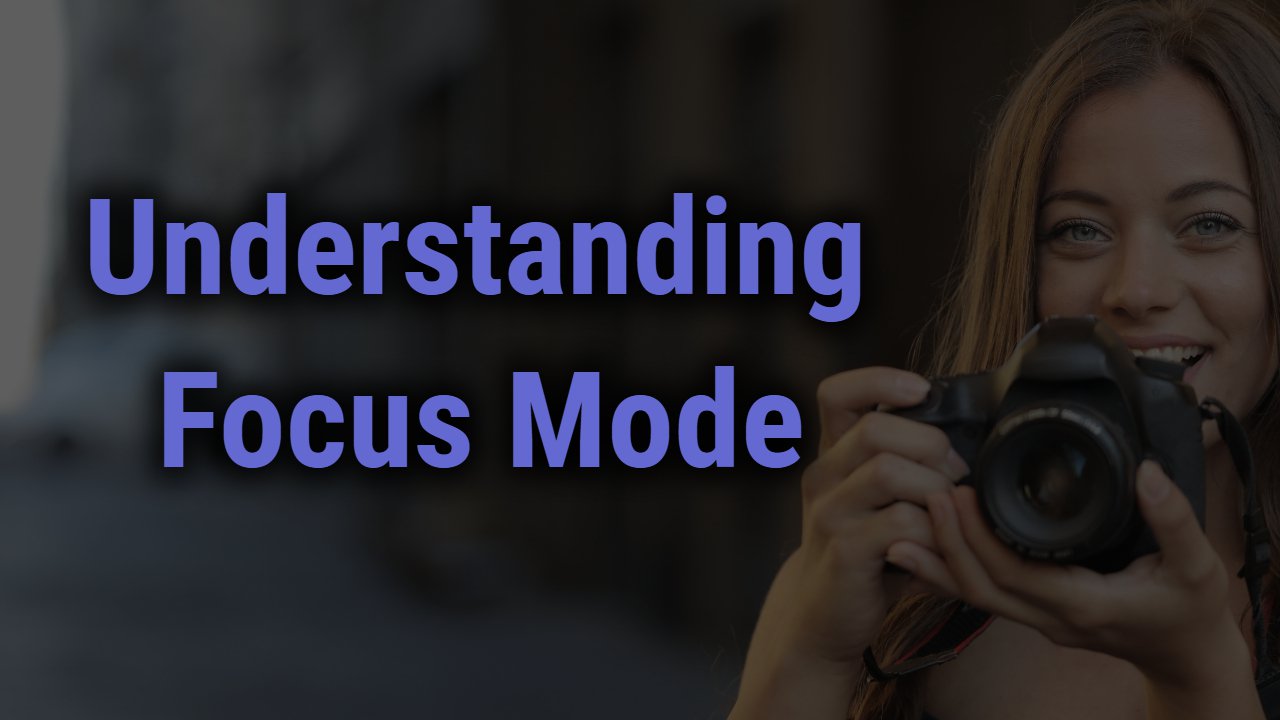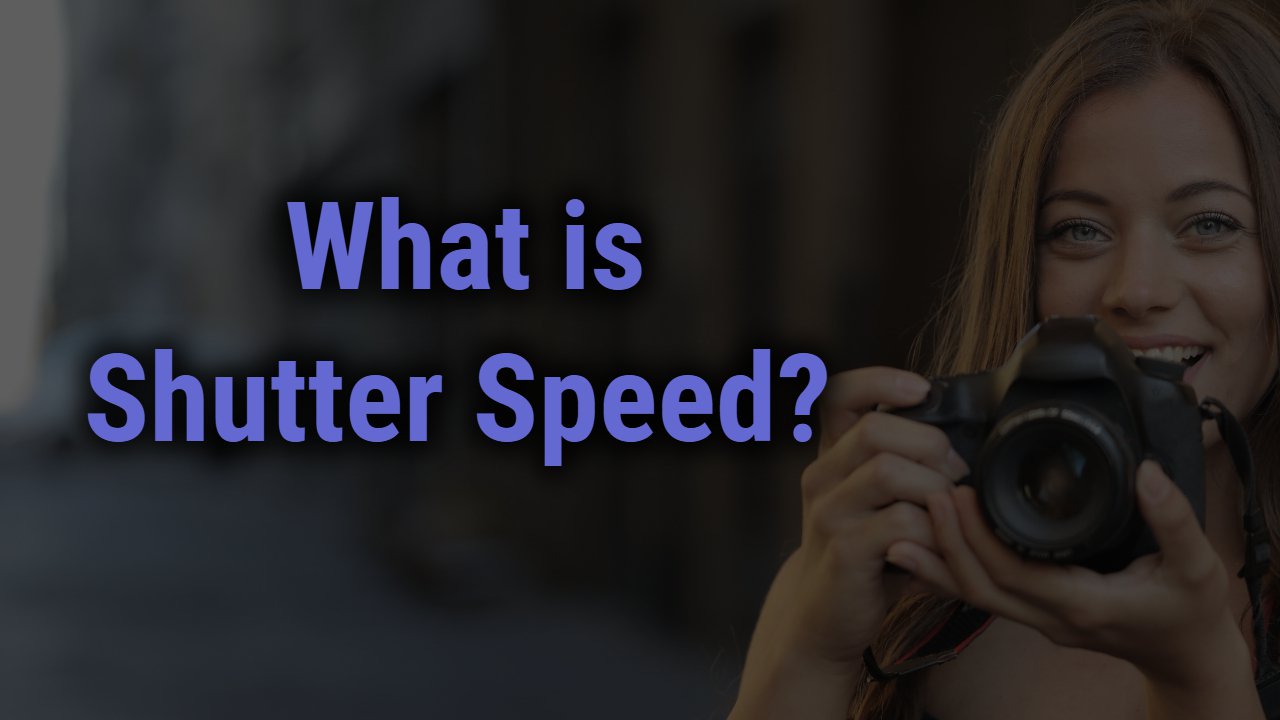Focus is the heart of photography; even a newbie knows that focusing has the power to change the whole level of the imagery by categorizing the blurry and sharp detail in your frame.
The modern digital camera gave access to two different types of focusing, auto, and manual, to utilize their expertise and get clear and sharp shots.
One of the dominant reasons for blurry-looking pictures is not implementing proper usage of focusing: which may be possible if you are not precisely familiar with its concept.
Walking through the focus in photography, there are different focusing modes (like auto and manual) that work to bring clarity and professionalism to the frame. A little more about them can get an even greater idea of using them.
So, this in-depth article will guide you to focus better by giving you insight into different focus modes, which eventually lead you to sharp picture capturing.
This Post Contains
What is Focus? Significance of Focusing
Let’s start with knowing the focus term. Focusing is the method of forming an area or region in the image which appears to be the sharpest inching precise details.
That particular region is called the plane of focus. It usually is the result of a combination of aperture and lens light; also, the sharpest it looks, the more of the picture is in focus.
The focusing is created when the plane of focus, like the window, intersects the shooting scene, and any object touching that window is determined to be in the focus area.
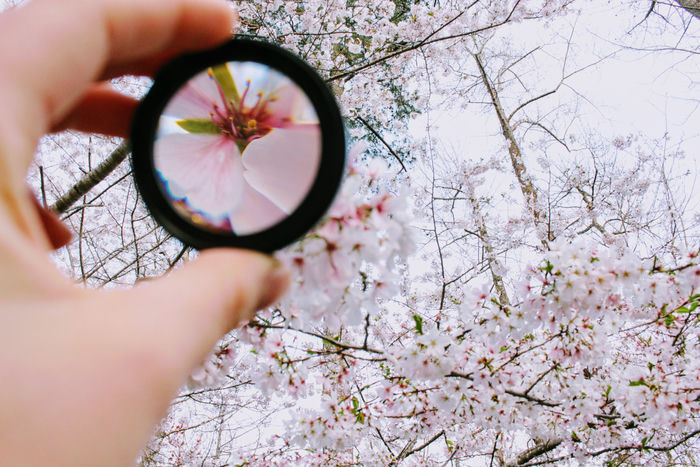
The modern revolution of digital cameras has changed the whole level of focusing; they indulge modern techniques that include a glass element injected in the camera, which auto moves around and changes the optical path of light and performs the whole focusing.
You can move that plane of focus forward or backward, left or right, to target the specific area you want in focus; this whole process is called focusing manually.
Focusing major duties is to measure and explore the sharpness highlighting the very fine details. It usually is the result of a combination of aperture and lens light; also, the sharpest it looks, the more of the picture is in focus.
What are different focusing modes?
Understanding the different types of focus modes might be the ultimate key you are searching for to look out for the sharpness and clarity in the image.
Sticking to the research, the focusing in the camera is usually differentiated into two different focus categories Manual and auto, and three sub-categories, according to the method of focusing.
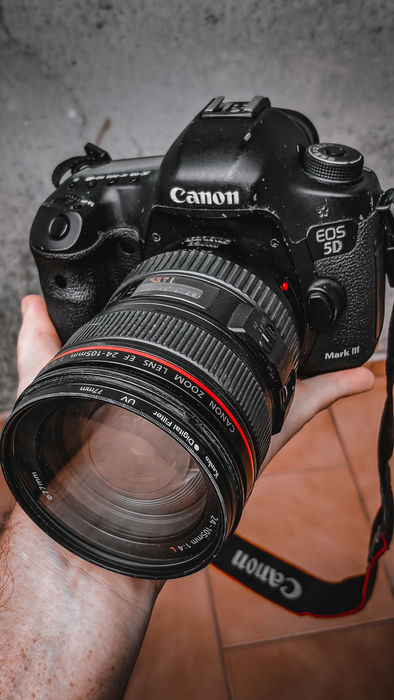
Manual Focusing – The oldest way of focusing is an ethically self-explanatory mode. It requires the human effort to physically turn the focus ring on your lens so it can focus. Manual focusing is more reliable than autofocusing. In the dark, with multiple subjects or deliberate shots, manual focus overrides the trouble of making precise focusing areas that auto-focusing might miss. But it can be hectic and frustrating.
Best at
- Macro photography
- Astrophotography photography
- Night photography
Auto-Focusing – Autofocusing is the latest invention in the photography world which was first inbuilt in the camera in the year 1977. Autofocusing includes a powerful motor and advanced technology to focus on a given subject. This relies on the subject, available light, and surroundings. They can be locked onto the subject. This focusing mode is articulated as the fastest, smoothest, most convenient, time-saver, and mostly accurate with the essential tracking function.
Best at
- Wildlife photography
- Sports photography
- Street Photography
Autofocus usually satisfies the criteria of being highly versatile, beneficial, and productive, ranging with vast photography style shooting potential. There are three sub-level of AF that subjectifies creative usage of focusing stepping straight to enhance the efficiency of Auto focusing.
Continuous Auto Focus – This mode is heavenly useful for shooting the fastest moving subject or catching any action sport. It is most likely a tracking function, where the camera constantly indulges in tracking the subject and adjusts the autofocus until you release a shutter button. When you hold the shutter button halfway down, the system activates the tracking and starts constantly focusing, which only stops when the button is released. This is perfect for shooting events or action with continuous movements.
Best at
- Portraits
- Sports
- Wildlife
- Action
- Street
Single Auto Focus – The simplest of all, one-shot or single-shot AF specifies focus for one shot. This mode is ideally suited for static, slow-moving scenarios. When the shutter button is pressed halfway down, the camera does the focusing once on this button; it only focuses again when you release the button.
Best at
- Landscape
- Mountains
- Desert
- Waterfalls
- Sunset and sunrise
Hybrid Auto Focus – It basically is the combination of the above two; this mode was recently introduced, which turned out to be quite beneficial for any kind of photography. In this mode, the camera will pick either of the above modes to get the best-focusing assessment of the subject.
The camera focusing in this mode jumps back and forth almost in between the Single servo and continuous Autofocusing according to the situation. It’s best for making quick focus adjustments during sudden shooting requirements.
Best at
- Moving animals
- Small children
- Speedy vehicles
- Moving birds
- Events
What are the Auto focusing points?
Autofocusing points inside the camera are an important visual representation of what and where your camera is focusing on. These points generally appear as dots or square points on either the Camera Viewfinder or the LCD panel.
You can manually select the AF points or let your camera do itself to the area you want to focus. There are a few AF points you need to learn.
Single– This states just one single focus formed at the center of the subject that will be in focus by the camera.
Multi or Zone – The autofocus points are the settings where the camera can tap into multiple focus points (created using more than one focus point) or even form a large zone of focus points.
Auto Focus Area modes to know
After going through the in-depth details of the autofocusing methods and points, one should be aware of the focusing area that one can subject while using the autofocus. There are a few focusing areas offered by the camera in the market; this will give you a better idea of which area to select when you implement focusing next time.
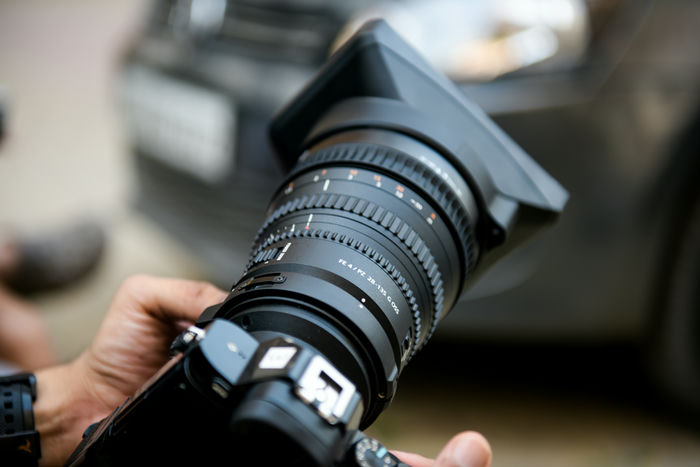
Single-point area mode– This will allow you to select a single focus point at any static subject within the frame. The subject needs to be framed over this single point for adequate sharpness.
Dynamic Auto Area mode– This area mode justifies the camera using different points to surround the selected points keeping the subject sharp. You can only focus on one point; by pressing the button, the camera will do the rest.
3D tracking– This states the involvement of many points focused on the subject tracking its movement. It’s convenient and creative and assures accuracy.
Group Area mode– This grants you the power to select a specific autofocus area with few numbers of autofocus points; shortly focusing in the group at a specific area
Auto Area mode– This is automatic; in this mode, the camera itself decides the focus points, including the subject and its relative motion.
Eye AF – Justified by its name; in this mode camera automatically detects the subject’s eyes or focuses on such small targets.
Auto-Focusing technique that one should know of
The different focusing techniques that you probably should know if you want to master focusing in your next shot. Usually, the camera uses two different focusing techniques. These are,
Phase detection– The phase-detection focusing is ideally the fastest and master at tracking and focusing the spontaneously moving subject. It doesn’t need much data from your cameras, but it might wrap up with more errors and misalignment troubles.
Contrast detection– Contrast detection focusing on the other side requires some essential data from the camera to get you precise and reliable Auto focusing results. The contrast detection is slowest due to computational work but better at capturing accurate details in focus.
Some tips for avoiding blurring pictures with better focus
Now, who doesn’t want the sharpest, over-the-top level sharp images? Once you are all set with the focusing modes, points, and areas, there might be a few tips to hand over to avoid blurry photos during focusing.
- First thing first, know your focal point around the subject or scene
- Place the point on the subject to use the center focus point and shoot.
- Always know the correct focus mode needed to shoot and recompose for your scenario
- If you are confused, switch the focus to the foreground or otherwise subjects.
- Know the best focus mode for a different type of shooting and choose what fits
- Try to use Aperture priority mode and avoid shooting in dark surroundings
- Tune in to the fastest shutter speed for the moving subject
- Keep the pace with post-processing changes, alterations, and polishing
- Stand back a little; if you are behind your lenses, minimum focusing distance
- Be familiar with the depth of field, hyperfocal distance, and focus stacking techniques to master
Wrapping up
No one likes blurry, unsharp, and distorted images; these factors can get you into the criteria of amateur photography, but not anymore, not after knowing the depth details of different focusing modes, their working, and when to implement them.
Among other things, there are primarily significant points to keep in mind: two auto and manual focusing modes and two continuous and single auto-focusing modes can change the game of the super-sharp image for you. The amazing fact is you know how to dominate them and conquer the focus.
So, walking subjects, running vehicles, or action sports, nothing can steal your pro-leveled ability to capture sharpness because this article has given you the idea of seizing the subject using the right focusing mode. So what is the delay? Let’s get started.

